Affairs: Policing / Dallas
Can hot-spot policing make America's cities safe again?
Dallas police chief Eddie Garcia wants to restore faith in his force. And he’s using data and a renewed accountability to deliver change.
It’s high noon in Dallas, Texas, and Major Jason Scoggins of the Dallas Police Department (dpd) is at the wheel of an unmarked Dodge Charger. “We’re on our way to an area called Five Points,” he says, above the gale of air conditioning. “There’s an officer over there with eyes on a female who is wanted for manslaughter. It seems that she hit someone with her car and took off.” Scoggins pulls into a car park behind a forlorn-looking residential building where two officers in a squad car are waiting for the signal to serve a warrant. Covert teams in the area know that the suspect is at home, we’re told, but for now the officers are waiting for backup. “If she comes out of the apartment, that’s to our advantage,” says Scoggins. “It’s dangerous to enter somewhere when you have an unknown behind the door.”

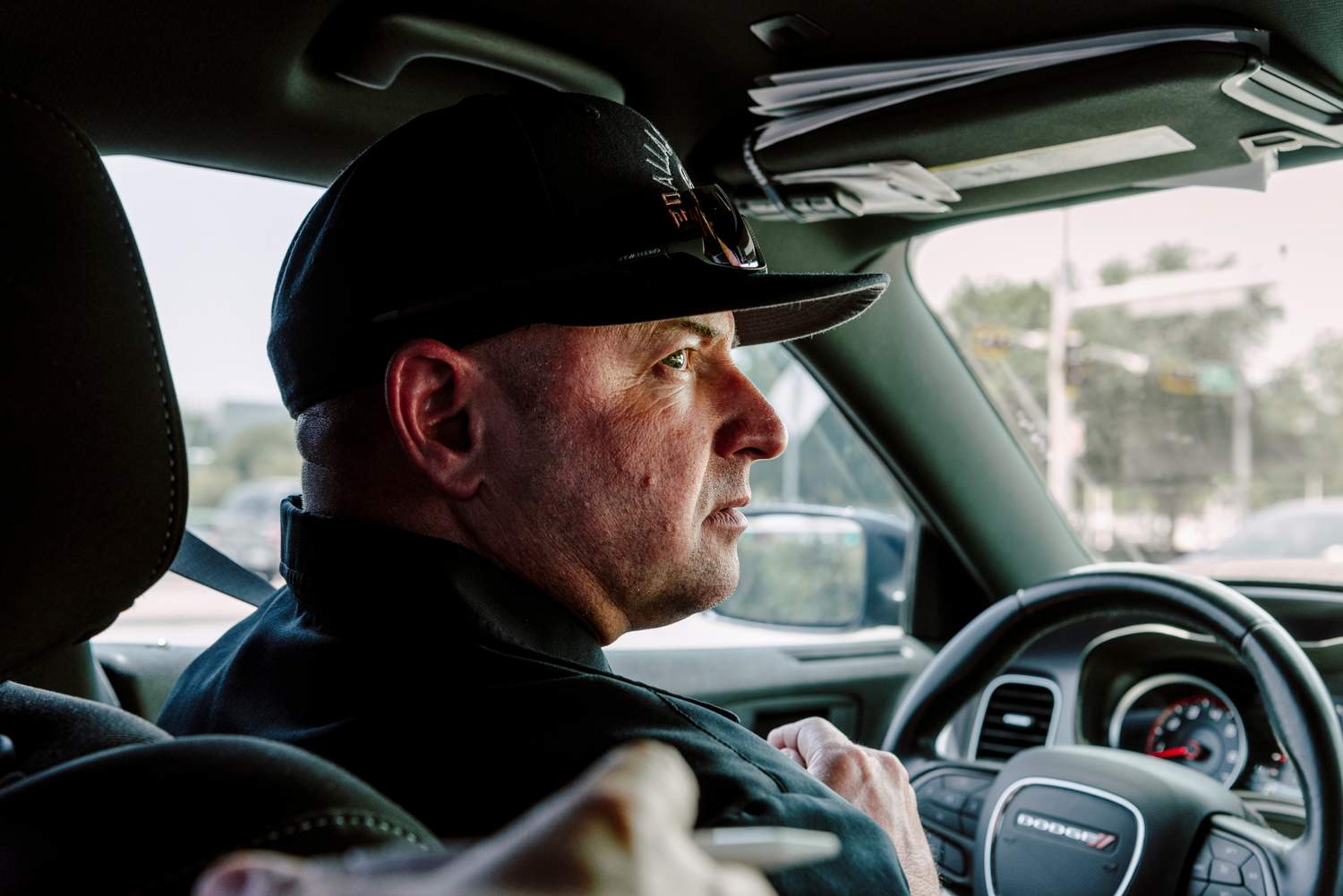
All of this looks like old-fashioned police work. Yet the dpd is honing a novel enforcement strategy that is successfully reducing rates of violent crime. Drawn up in 2021, the Violent Crime Reduction Plan envisages Dallas as a grid of 101,000 locations of 330 sq ft (31 sq m); officers focus units on some 50 “hot-spot” areas where crime occurs most frequently and closely keep track of the surprisingly small number of people who commit most of those acts. The thinking is that if you reduce violent crime in specific areas, there will be reductions citywide. This is exactly what the dpd has found, even if it is making fewer arrests overall. In practice, this can be as simple as having police cars in troubled areas running their lights to let residents know that they’re around or putting repeat offenders into contact with community groups to deter them from crime and help them get back on track. The plan also tasks police officers with reporting signs of urban blight – faulty streetlights, abandoned cars, broken entry gates on blocks of flats – that perpetuate an atmosphere of disorder and co-ordinating with city authorities to get these problems remedied, in an evolution of what used to be known as the “broken-windows theory”.
“What’s old is new again,” says Bill Bratton, who was New York’s police commissioner in the 1990s and championed similar tactics in a period when the Big Apple became known as “the safest big city in America”. Bratton speaks admiringly of what is happening in Dallas, where the police are updating that kind of hot-spot policing for our time. Rather than saturate neighbourhoods with law enforcement, as happened in the past, the dpd relies on real-time data to be more specific and light-footed in terms of where officers go. The crime plan does away with the “stop-and-frisk” methods of investigation that were notoriously overused on New York’s African-American communities.
A plan similar to Dallas’s is now being implemented on the other side of Texas in San Antonio and is attracting national attention. With the presidential election looming, public safety is one of the top concerns among US voters. Though statistics show an overall decline in urban violent crime compared to the gang-ravaged 1990s, many Americans feel that their cities have become less safe, a view that has been exacerbated by a homelessness crisis, a fentanyl epidemic and desolate downtowns where workers have stopped going into the office.
Dallas is not immune to these urban problems and has historically been regarded as a violent city. In August an officer named Darron Burks was sitting in his patrol car between assignments when an assailant randomly shot him dead at the wheel. At the dpd’s headquarters, there is a memorial to five officers who were killed in 2016 by Micah Xavier Johnson, a local man who was armed with a sniper rifle. Johnson was seeking what the then-chief described as payback against law enforcement for the death of black men in police custody across the US.
The two main candidates in November’s election offer diverging visions of what the country needs to promote order but Dallas’s crime-reduction plan, which seeks to combine surgical precision with a focus on restoring trust among the community, is being talked about as a model for police renewal. It was authored in 2021 at the height of the “Defund the police” movement by Dallas’s chief of police, Eddie Garcia. Amid anti-police riots in the city, its then-Democrat, now-Republican mayor, Eric Johnson, made the case to raise law enforcement budgets, rather than slash them, promising to reform the service. For instance, the city’s police are now required to always wear a bodycam, even when working off-duty jobs in private security. As a rule, footage is released to the public within 72 hours of an incident, in contrast to the protracted waits seen in some high-profile cases in the recent past.
“Bodycams are extremely helpful for us when it comes to explaining a situation,” says Lieutenant Jordan Colunga, who arrives at Five Points in an all-black pick-up truck and briefs the team about to arrest the hit-and-run suspect. “When we say that a suspect is running, you see it all happening,” he says. At the apartment building, we watch the officers move in to serve the warrant. The suspect emerges gingerly from inside; she is cuffed and ushered into a squad car. It’s a routine arrest but things don’t always go so smoothly. A couple of weeks before today’s ride-along with the dpd, officers fired six times on a stolen truck after the driver rammed a police car. The suspect survived; the officers’ bodycam footage of the shooting and the subsequent foot chase was swiftly made public. Garcia held a press conference to explain the reasoning behind police officers’ decision to open fire. “It’s a chaotic situation,” he told the room. “It’s just not a choreographed dance.”
With a close-shaved head and arms covered in tattoos, Garcia isn’t necessarily the image of a traditional 10-gallon Texas lawman. Born in San Juan, Puerto Rico, he moved to California at the age of five and went on to serve with the San Jose Police Department for 29 years, keeping law and order in the wild west around Silicon Valley, an area with its own vast disparities in wealth. Garcia was the first Latino chief to lead the dpd in its history when he arrived in 2021, which is remarkable for a city in which 42 per cent of residents identify as Hispanic.
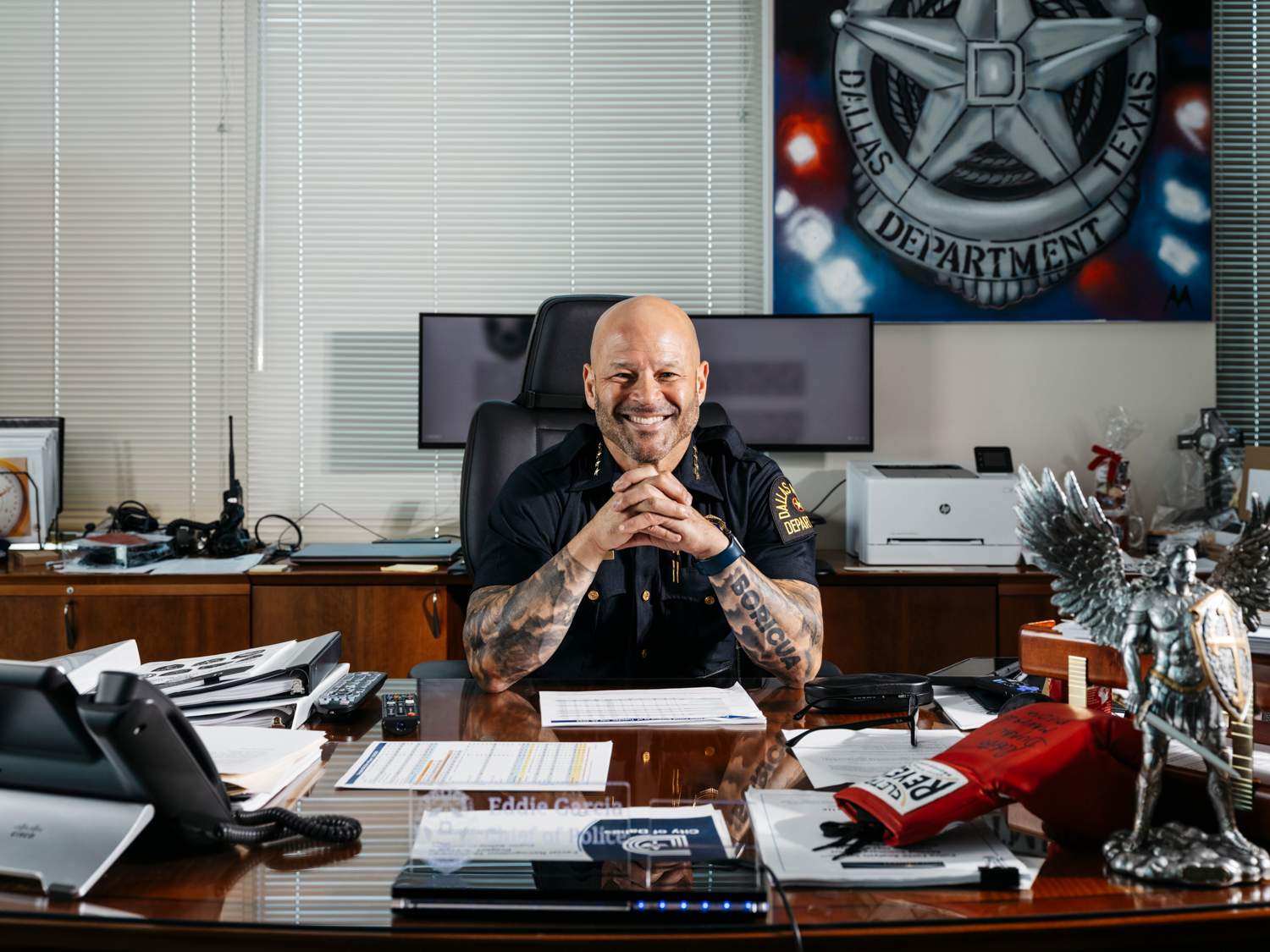
“Just don’t walk on the star,” says the chief, referring to the pale blue rug in the centre of his office that features the five-pointed emblem of the Lone Star State. He is only half-joking. Garcia might be a relative newcomer to Texas but he has become deeply embedded in his adopted home. There are well-wishing trinkets gracing the shelves all around his office, including a signed game ball from the Dallas Cowboys, nestled alongside a flip chart entitled “Apartment Murders 2023/24”.
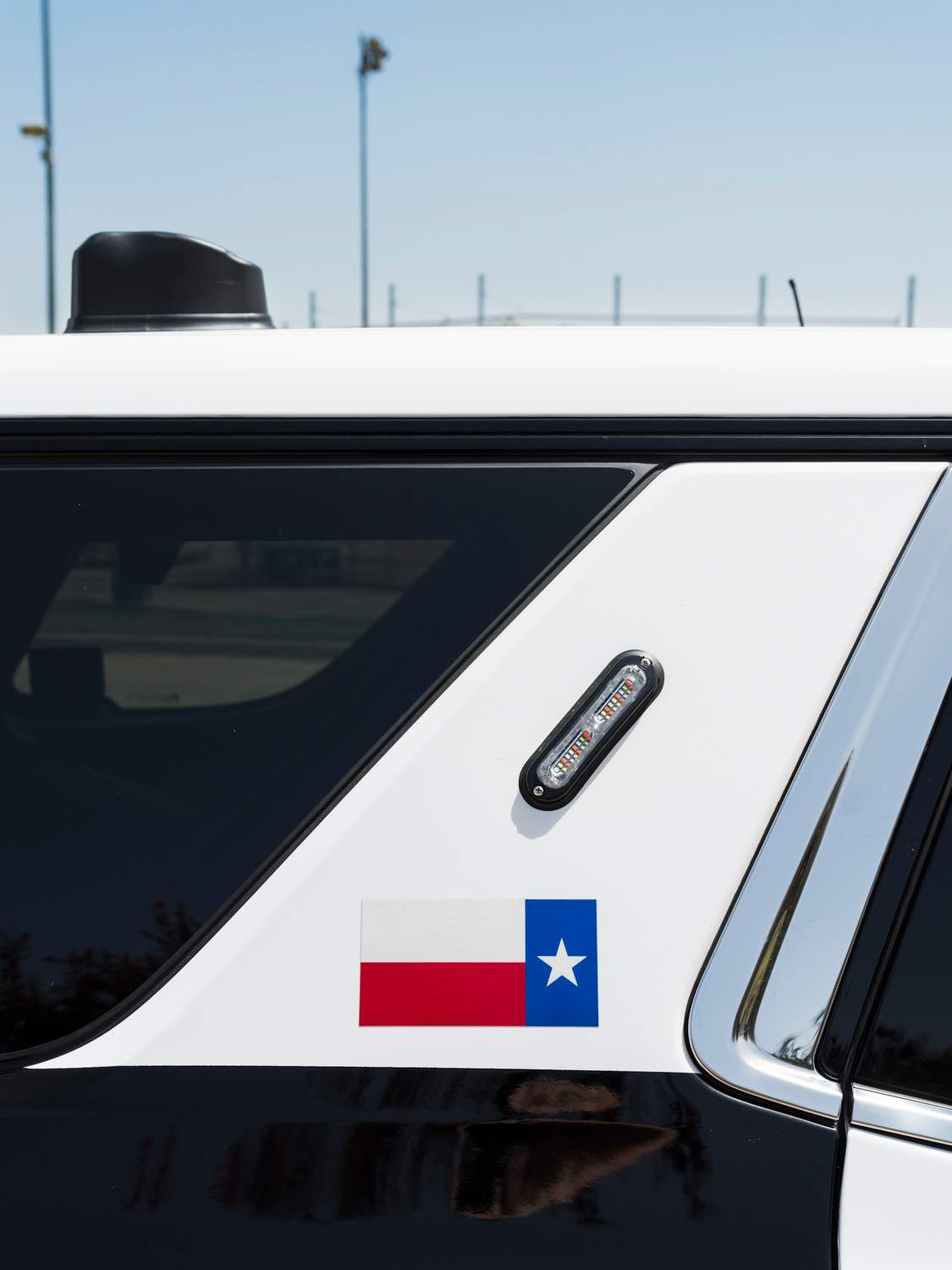
Every morning, the chief puts on his black glasses and pores over the year-to-date crime figures, looking for fractional changes. “Property crime is down by 11 per cent, violent crime is down by almost 13.5 per cent and we have had a drop in street-related aggravated assaults of a little more than 18 per cent,” he says, running his finger down that day’s spreadsheet. “Our violent-crime trend line is going in a completely opposite direction to what we saw prior to 2020.”
The numbers show that hot-spot policing is working, even if some residents are worried about a spate of recent robberies that are making local headlines. There is still plenty of work to be done to shift perceptions overall: last year, polling company Gallup found that, across the US, confidence in law enforcement had dropped to 43 per cent, the lowest on record.
Garcia believes that trust comes with greater transparency. Waiting outside his office are members of a new Constitutional Policing Unit, one of the first of its kind in the US. Both badged and independent observers study the force and its policies, and offer guidance for officers on how to look out for wayward behaviour among colleagues, as well as how to report it. If that sounds like police marking their own homework, Garcia has also brought in third-party criminologists to assess the force and determine whether there is racial profiling or bias in its traffic stops and arrests. Few can deny his passion for getting it right. “I want to find out what’s wrong with my police department and know where the blind spots are, where we need to get better – before anybody else does,” he says.
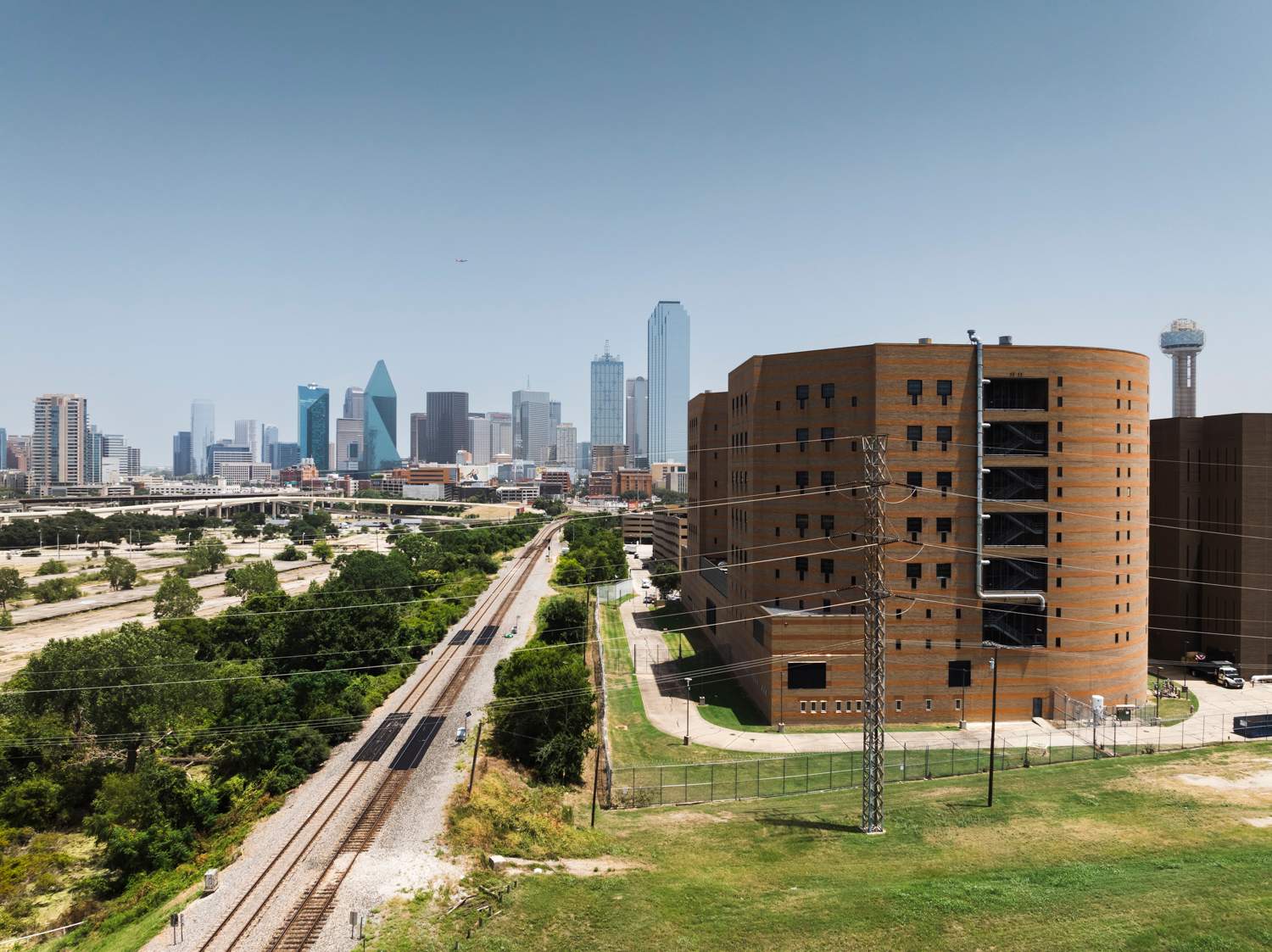
Last year, the Dallas Morning News ran a series of articles titled “Black and Blue” that examined historic cases of dpd officers accused of using excessive force against people of colour going back to the early 2000s. The paper alleged that, in some cases, a full investigation of the officers concerned was lacking. More recently, members of the civilian-led oversight board that examines complaints against police officers have said that it has been limited in what cases they get to see. With greater media scrutiny than ever, one veteran officer tells us that there has been a need to shift the mindset away from the action-packed days of car and foot chases to a more service-minded mentality.
The chief pulls no punches about the “rogue district attorneys” in the US who he believes are declining to prosecute crimes in the name of social justice. “When I go out to those neighbourhoods that are affected by violent crime and they ask me why a certain individual is back on the streets, there’s a humongous disconnect.” Yet he also fears the potential for the political pendulum to swing back against law enforcement. “When you have a defunding movement hanging over your beloved profession, morale is going to take a hit,” says Garcia. This, he believes, has contributed to a surge in violent crime, as the vilified police disconnected from proactive work in their communities. Garcia might call defunding the police a “ridiculous” idea but many of those who marched in the streets regarding the issue in 2020 would argue that they were concerned citizens, speaking out about heavy-handed policing that sometimes turns deadly. “I have never had a community affected by violent crime tell me, ‘We want to see less of you in our neighbourhoods,’ regardless of the language spoken, the racial make-up of the area or economic status,” says Garcia. “In fact, it is often communities of colour that will [criticise me] if I’m not providing them with police resources and services.”
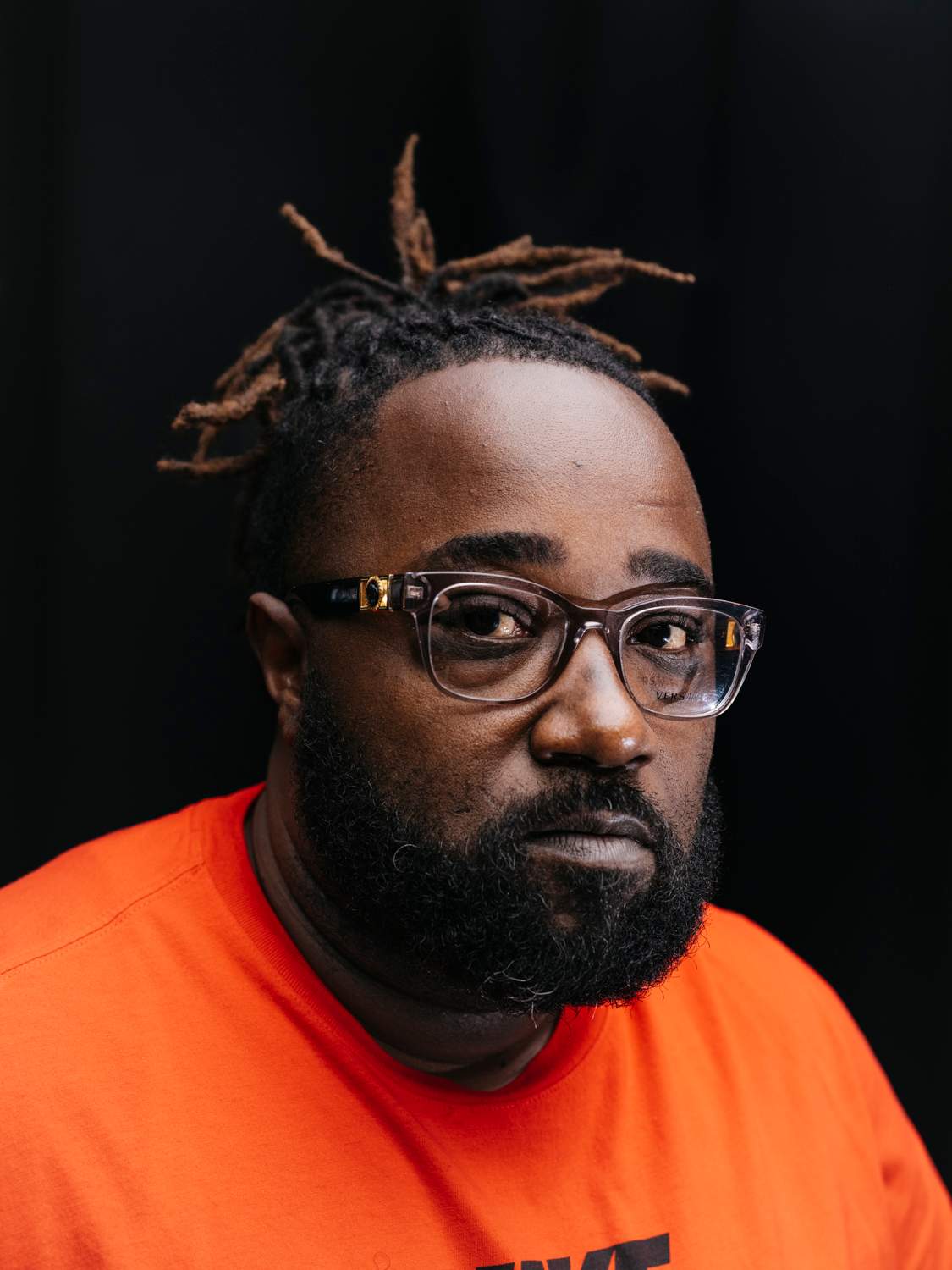
Someone who knows this better than most is Antong Lucky, who grew up in the projects of east Dallas. He fell in with gangs as a teenager, became the leader of the local chapter of the Bloods and wound up in prison, all before the age of 20. When he emerged from incarceration, Lucky joined a local non-profit called Urban Specialists that was working to reduce violence in neighbourhoods around the city. In 2000, Lucky helped to negotiate an enduring ceasefire between the gangs. Two framed bandanas on the walls at Urban Specialists commemorate that peace treaty. Working from a cavernous basement in a squat brick building across the road from the dpd headquarters, the group hosts community events around the rougher parts of Dallas and, increasingly, works with the police to bring more law enforcement into neighbourhoods to talk to residents about the issues that they face.
“We’re like interpreters,” says Lucky, who is now Urban Specialists’ ceo and president. He confirms Garcia’s view that people in the communities that he works with do not want to see fewer police – they just don’t want to be harassed. “It’s our duty to champion that view because you don’t hear it on the nightly news,” he says. “You hear people saying, ‘Defund the police.’ It can’t be an ‘us versus them’ narrative. We need the men and women in blue who protect us and people in communities who respect them.”
Lucky believes that whoever takes America’s top job in November’s presidential election should establish offices of violence prevention across the country. Such a strategy would pair smart police chiefs with credible community leaders and instil confidence in the wider public by ensuring that the police are more accountable and visible, and can communicate better with those they are seeking to protect. “In every city that I go to, there are people working to address this problem but they are under-resourced or working against narratives that don’t acknowledge the importance of the long game.” Within a decade, he says, the incoming administration could significantly reduce violent crime, provided that the problem is taken seriously. “If we get to that point,” says Lucky, choosing his words carefully, “then we’re good.” —
A law-and-order election
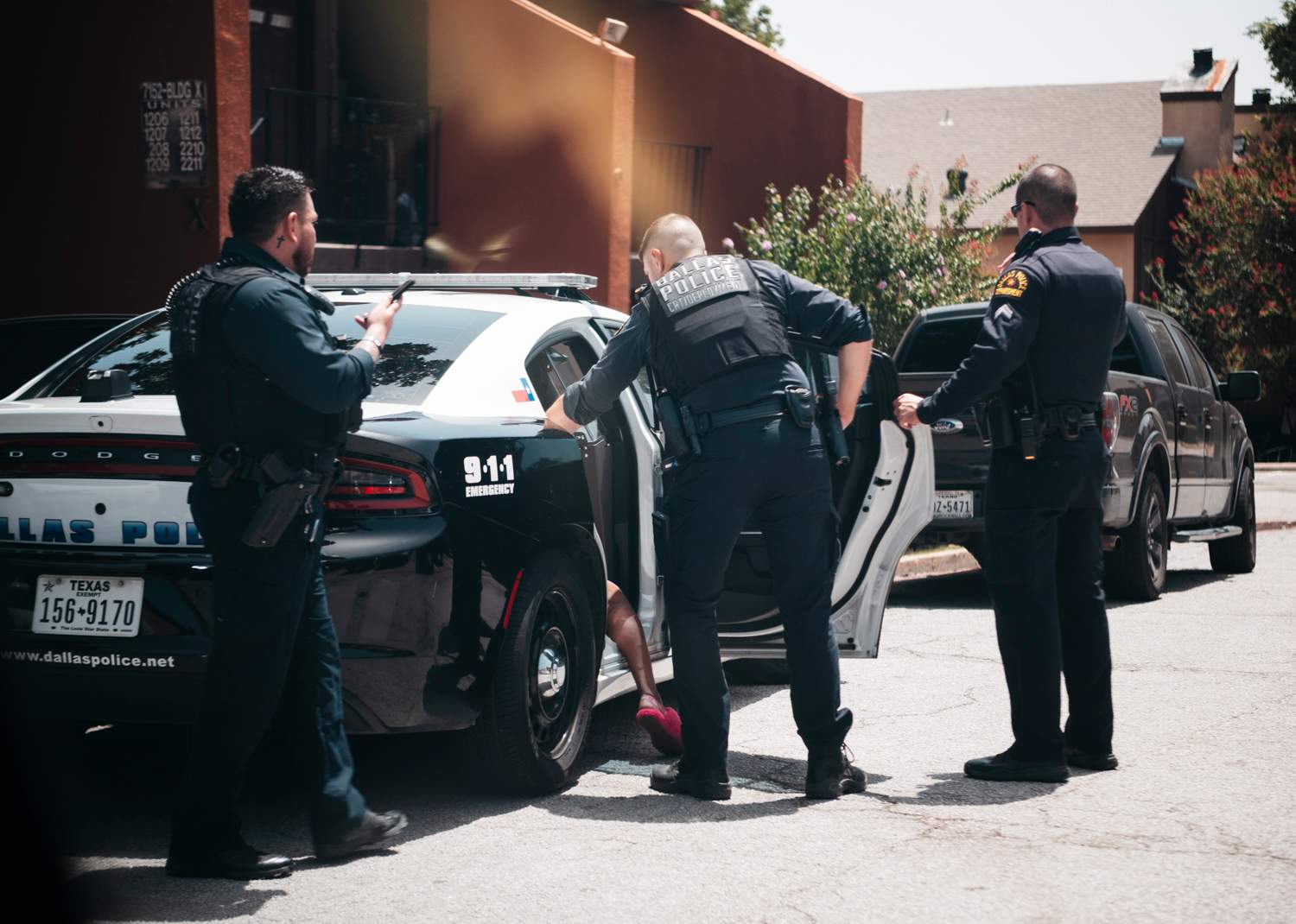
The optics of an electoral face-off between a convicted felon and a former prosecutor have not been lost on Democratic Party strategists. However, the question of who would make US cities safer isn’t as cut and dry as it first appears. The Republicans’ stump is to “rebuild” cities and replenish police departments with a return to what it calls “common-sense policing”. The party promises to “stand up to Marxist prosecutors” and “compassionately address homelessness to restore order to our streets”.
While in office, echoing Richard Nixon, Donald Trump declared himself the “president of law and order”. Yet in 2020, the last year of his presidency, violent crime rose significantly – a spike that Trump has ascribed to the mass protests and “Defund the police” movements that followed the killing of George Floyd. Should they remain in the White House, the Democrats promise less incarceration, more accountability and greater community interventions that will stop crime before it happens. The Biden administration’s most recent budget allocated $1.2bn (€1.1bn) specifically to tackling violent crime at a local law-enforcement level. And, despite perceptions, crime rates have slowly been coming down since 2020.
Kamala Harris, the Democrat Party’s candidate for the next US election, was a former prosecutor in San Francisco and then for the state of California. Her opponent has accused her of being weak on law enforcement and having a hand in creating the troubled security situation in downtown San Francisco. The reality is more complex. Harris is often described as having been a tough prosecutor but one who has changed her mind on everything from the death penalty to cash bails over the years. When she ran in the Democratic presidential primaries in 2020, she talked about “redirecting” funds from police forces amid the protests and riots that year. Her bid for the top job in 2024 has been very different: she is presenting herself as tough on crime while declaring, “I know Donald Trump’s type” – a not-so-subtle dig at the 45th president’s criminal record. —


